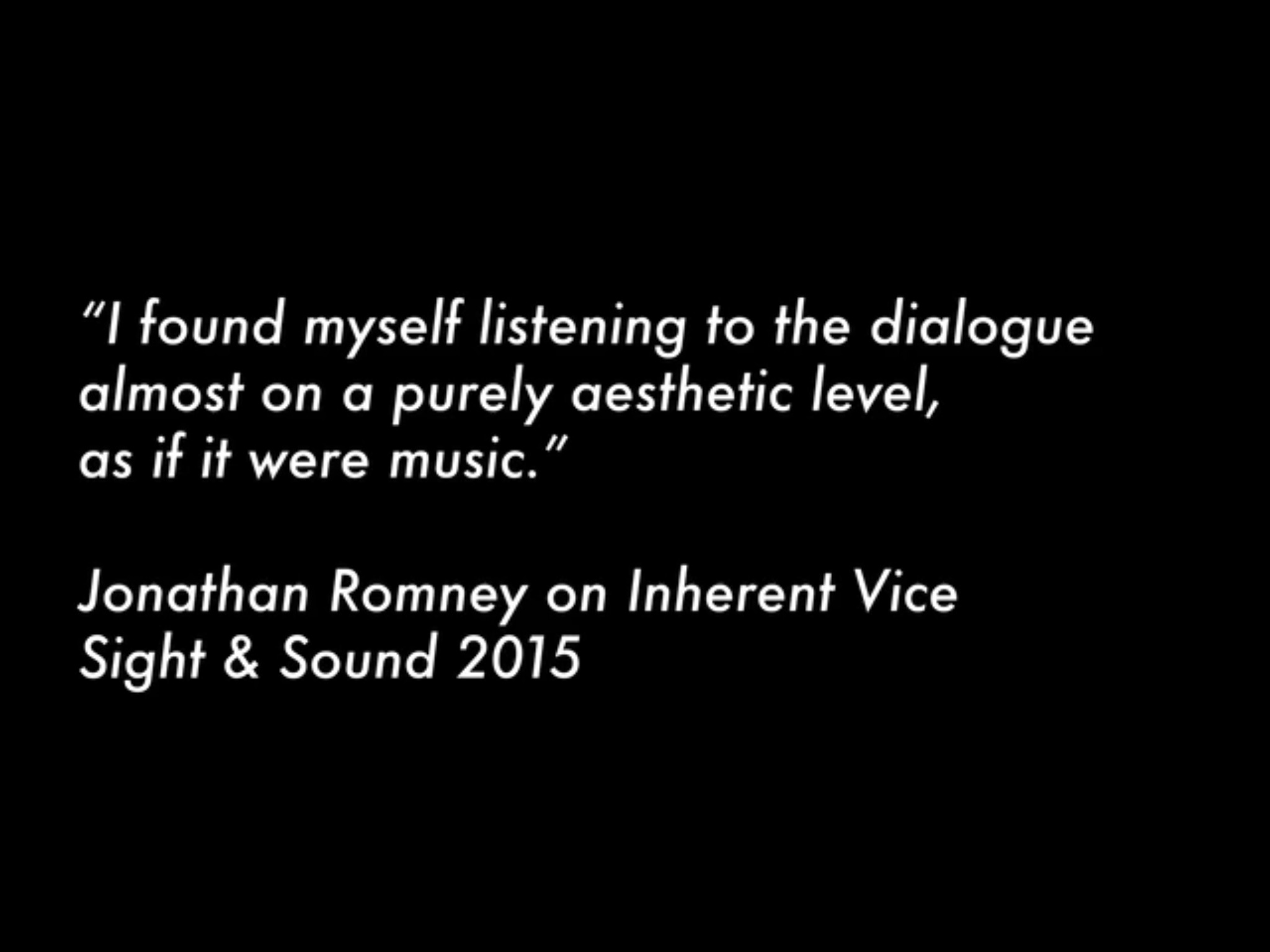Response 25 - A Hard Day's Reprise

Dear Alan,
Thanks for your Task 25 – Benspænd or Proust and apologies for the late response to this, which was due to illness and general family fatigue. You asked me to select between two tasks: 1) Make an object that has the exact structure/shape of the song ‘A Hard Day’s Night’ by The Beatles; or 2) Answer a New Statesman questionnaire in the persona of an artist I dislike but grudgingly admire. I chose task 1 – ‘A Hard Day’s Night’, as the idea of using the form of the song to create and object was intriguing to me. And I love the song. Listening and singing along to our favourite Beatles tunes is a family pastime on long car journeys and we often discuss instrumentation, riffs, bassline or Ringo’s drumming while rocking out in our seats.
You suggested I might be able to combine task 1+2, which I’m sure would have been possible but I regret to say I did not manage. Not this time.
The rehearsal and conversations that came as a result of Task 23 – Stage Fright was still on my mind and I wanted to find a way to process these conversations and what happened in the studio (see Response 23 – Avoid Being Awful). Initially I wanted to use the film material for the task, but it became too big a job to edit. I opted for the less time-consuming option of using the audio I recorded while filming. The object I made in the end is an audio track that resulted in a slightly disclosing ‘conversation’ in which we interact with some disagreement. I hope it is not too controversial! I don’t particularly like what I have made for this response – and to repeat something you wrote in Response 14 – What Would Tom Do?: yes, the object I made is terrible – but I had some quiet moments smiling to myself when momentarily the track came together.
This is what I did:
I used the instrumental version of ‘A Hard Day’s Night’ as a foundation or bass line to indicate rhythm, key changes and to give form (verse, middle, verse, solo and so on) to the track. I then located some soundbites from the 20-minute audio recording for Response 23 that had a similar rhythm and pitch change as the chord progression. As a complete amateur in music making, it was interesting to discover how much the phrasing in conversation has the same pitch changes as the verse in this song. For me it brought the use of the voice as an instrument for talking much closer to the singing voice. I mixed our voices with the clanking sounds from your interaction with a chair in the rehearsal as I –again – found a similarity in pitch and rhythm as the ‘clanking’ was superimposed on the guitar solo of ‘A Hard Day’s Night’. All of this blurred the boundaries between music, sound and pure conversation.
At the top of this response I used a quote you showed me from Jonathan Romney comparing dialogue to music. Romney refers to the dialogue of the film Inherent Vice (which you are currently making a videoessay about) as aesthetic, to be listened to ‘as if it were music’. I borrowed the quote to prompt the listener here to listen for ‘playing with sounds’ rather than for meaningful dialogue. That said, I will not claim to have made an object that is ‘aesthetic’ in any way!
